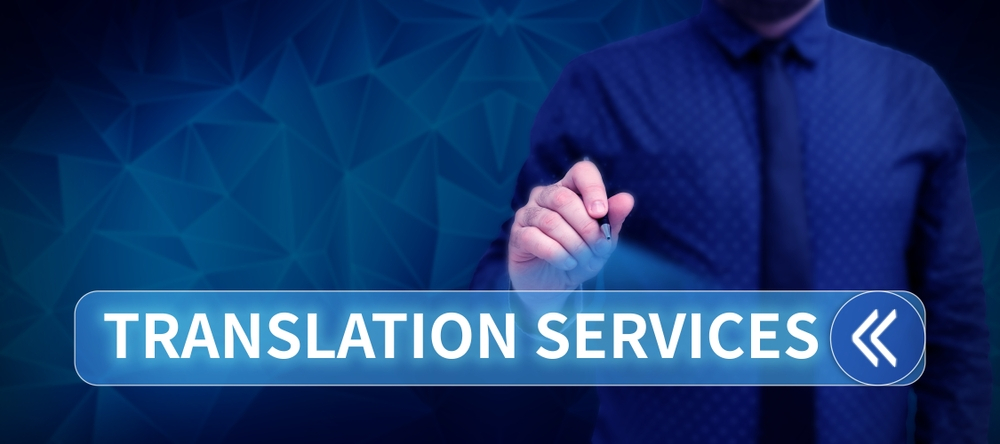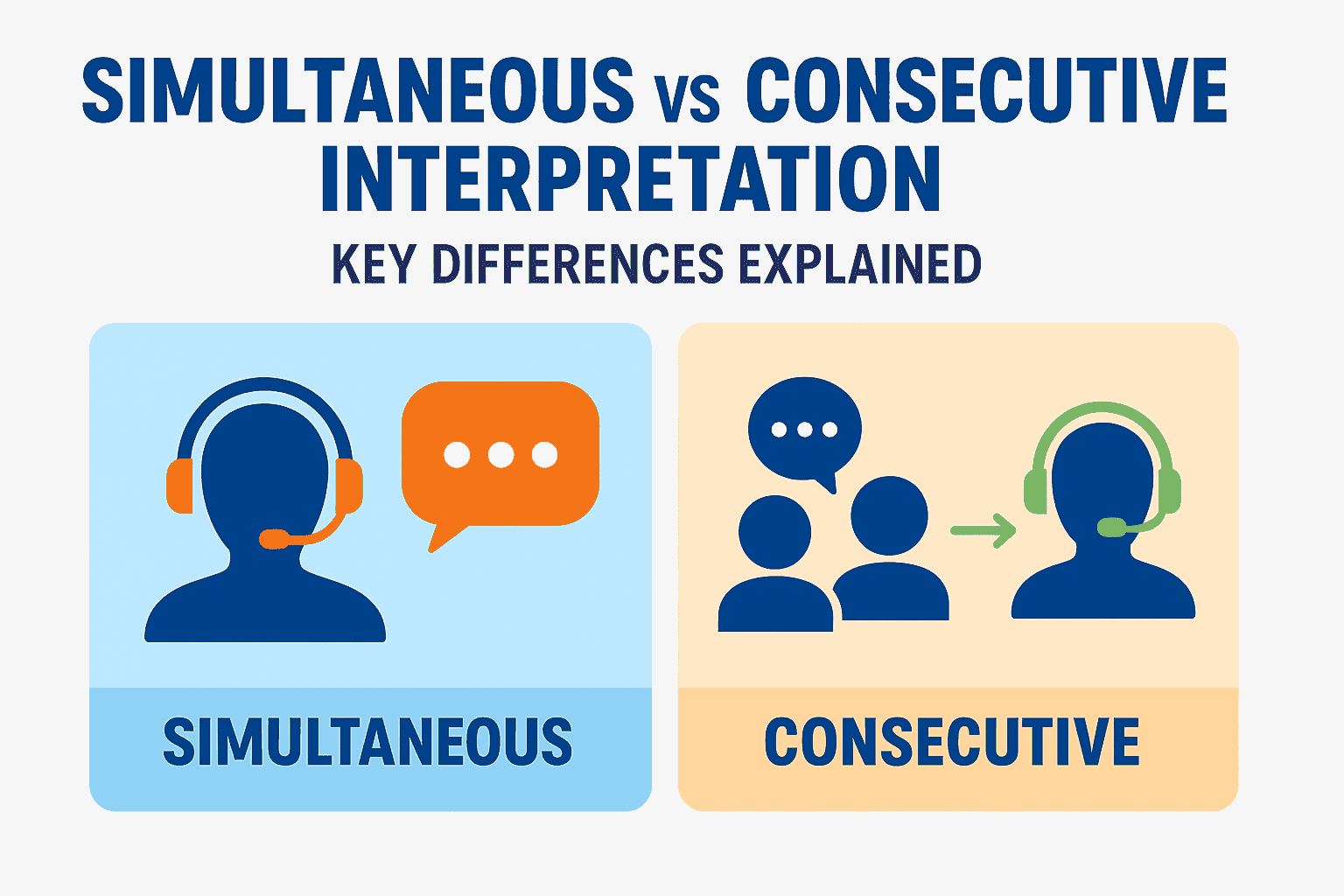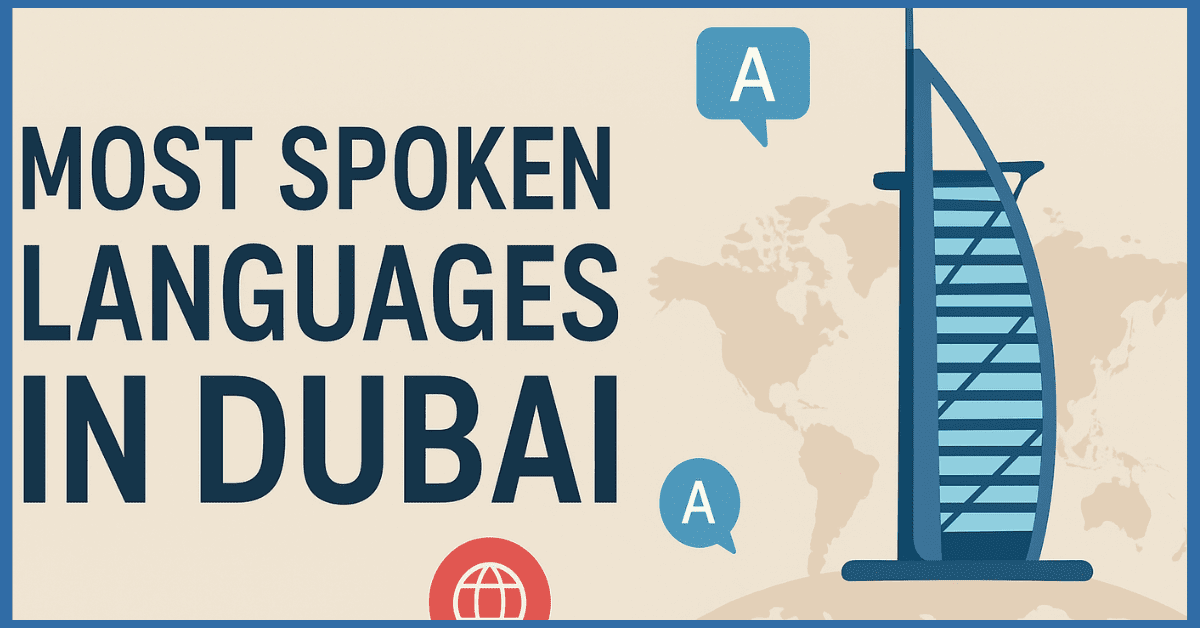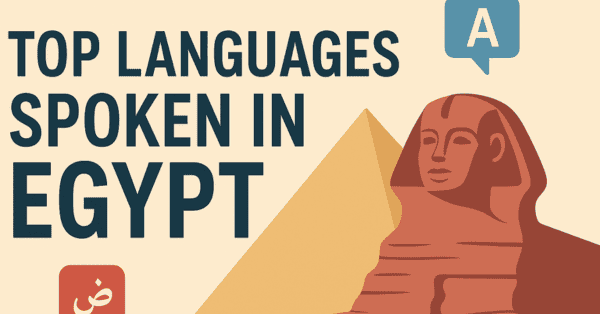
The Ultimate Guide to Measure the Quality of Translation Services
Translation
Company are crucial in today's globalized world,
enabling effective communication between individuals and businesses across
different languages and cultures. With the increasing demand for translation,
it becomes essential to assess the quality of translation services accurately.
This article aims to explore the various aspects involved in measuring the
quality of translation services, including methodologies, metrics, and industry
standards.
Understanding Translation Quality
Translation quality is a multifaceted concept
that encompasses various elements, such as accuracy, fluency, cultural
adaptation, terminological consistency, and overall linguistic and contextual
appropriateness. Achieving high-quality translations requires a combination of
linguistic expertise, subject matter knowledge, cultural understanding, and
technical proficiency.
Methods for Evaluating Translation Quality
- Human Evaluation: The most reliable method for assessing translation quality is through human evaluation. Native speakers or language experts with subject matter knowledge review the translated text and provide feedback based on predefined criteria. They assess aspects like grammar, vocabulary, syntax, style, clarity, and cultural appropriateness.
- Error Analysis: Error analysis done by the Translation Company involves identifying and quantifying translation errors. Common errors include grammatical mistakes, mistranslations, omissions, additions, and inconsistencies. A systematic approach to error analysis allows for targeted improvements and helps measure translation quality objectively.
- Comparative Analysis: Comparing the source text with the translated version helps evaluate the fidelity of the translation. Sentence alignment techniques, such as BLEU (Bilingual Evaluation Understudy) or METEOR (Metric for Evaluation of Translation with Explicit ORdering), assess the similarity between the original and translated sentences, providing a quantitative measure of translation quality.
Key Metrics for Translation Quality Evaluation
- Accuracy: Accuracy measures how closely the translation adheres to the original meaning. A high-quality translation should convey the intended message without distorting the source text.
- Fluency: Fluency assesses the naturalness and readability of the translation in the target language. The text should flow smoothly and be linguistically appropriate, taking into account the cultural nuances of the target audience.
- Terminology Consistency: Consistency in terminology is crucial, especially in technical or specialized translations. Terminology management tools and glossaries help ensure consistency across documents and translations.
- Time and Cost Efficiency: Evaluating the efficiency of a Translation Company involves assessing turnaround time, cost-effectiveness, and resource optimization. Quick delivery without compromising quality is a key consideration in today's fast-paced business environment.
Industry Standards and Certifications
The translation industry has developed several standards and certifications to maintain and measure translation quality consistently. Some prominent ones include:
- ISO 17100: This international standard specifies requirements for the processes, resources, and competencies necessary for translation services. Compliance with ISO 17100 ensures that translation providers follow best practices and deliver high-quality translations.
- ATA Certification: The American Translators Association (ATA) offers certifications for professional translators, verifying their language proficiency and translation skills. ATA certification is widely recognized and highly regarded within the translation industry.
- Localization Industry Standards Association (LISA): LISA provides guidelines and best practices for translation, localization, and globalization. Their standards cover various aspects of the translation process, ensuring quality and consistency across language services.
- Translation Quality Assessment (TQA): TQA is a standardized evaluation framework developed by the European Commission. It focuses on assessing the quality of translations from the perspective of translation service buyers, helping them make informed decisions.
Emerging Technologies for Translation Quality
Evaluation
Advancements in technology have introduced innovative methods to measure translation quality more efficiently. Some notable technologies include:
- Machine Translation (MT) Evaluation: Automated evaluation metrics like BLEU, TER (Translation Edit Rate), and METEOR compare the machine-translated output with human reference translations. These metrics provide a quick assessment of translation quality, although they may not capture all aspects accurately.
- Natural Language Processing (NLP): NLP techniques, such as sentiment analysis and readability assessment, can complement human evaluation by providing additional insights into translation quality. These tools analyze the linguistic and emotional aspects of the translated text.
- Post-Editing Quality Assessment: Post-editing, the process of editing machine-translated output by human translators, has gained popularity in the translation industry. Assessing the quality of post-edited translations requires specific evaluation methods. Metrics like HTER (Human-targeted Translation Edit Rate) consider both machine translation errors and post-editing changes to measure the effectiveness of the post-editing process.
- Subjective Evaluation: While objective evaluation metrics provide valuable insights into translation quality, subjective evaluation methods play a crucial role as well. Conducting user surveys, gathering feedback from target audience representatives, and analyzing user satisfaction are effective ways to assess the quality of translations from a user's perspective.
- Eye-tracking Analysis: Eye-tracking technology allows researchers to study the cognitive processes involved in reading and understanding translated texts. By analyzing eye movement patterns, researchers can identify areas of the text that receive more attention or encounter difficulties. The eye-tracking analysis provides valuable information for evaluating the quality and usability of translations.
Improving Translation Quality through Feedback
and Collaboration
- Feedback Loop: Establishing a feedback loop between translators, reviewers, and clients is crucial for continuous improvement in translation quality. Encouraging open communication and feedback allows translators to understand client preferences, address specific concerns, and refine their translation approach accordingly. Regular feedback helps identify recurring issues, enabling targeted training and development initiatives.
- Collaboration Tools: Translation projects often involve multiple translators working on different segments simultaneously. Collaboration tools, such as cloud-based translation platforms, facilitate real-time collaboration, version control, and terminology management. These tools promote consistency, reduce errors, and enhance overall translation quality through seamless teamwork.
- Continuous Professional Development: The translation industry constantly evolves, and translators need to stay updated with the latest language trends, technological advancements, and subject matter knowledge. Investing in continuous professional development through training programs, workshops, and industry conferences ensures that translators enhance their skills and maintain high translation quality standards.
- Quality Assurance Processes: Implementing robust quality assurance processes is vital for delivering consistent and high-quality translations. These processes may include multiple rounds of review, proofreading, terminology checks, and style guides. Quality assurance checklists and standardized workflows help maintain consistency and ensure that translations meet or exceed client expectations.
Ethical Considerations in Translation Quality
Assessment
- Confidentiality: Translators and Translation Company providers handle sensitive and confidential information. Respecting client confidentiality is paramount in maintaining trust and ethical standards. Secure data management protocols, non-disclosure agreements, and encrypted communication channels help safeguard client information.
- Cultural Sensitivity: Translation involves transferring meaning from one culture to another. Translators must approach cultural nuances with sensitivity, respect, and understanding. Ensuring that translations are culturally appropriate and do not perpetuate stereotypes or biases is essential in maintaining ethical translation quality.
- Professional Conduct: Translators are bound by professional codes of conduct, which include principles such as accuracy, honesty, and respect for intellectual property rights. Upholding these ethical standards contributes to maintaining translation quality and building long-term client relationships.
Conclusion
Measuring the quality of translation services
is a complex and multidimensional task. It requires a combination of human
evaluation, error analysis, adherence to industry standards, and the
integration of emerging technologies. As the translation industry continues to
evolve, new trends like neural machine translation evaluation, post-editing
quality assessment, subjective evaluation, and eye-tracking analysis provide
additional insights into translation quality.



